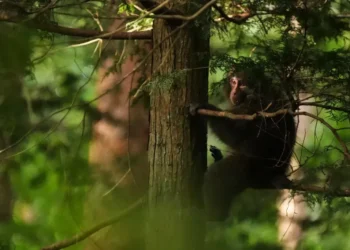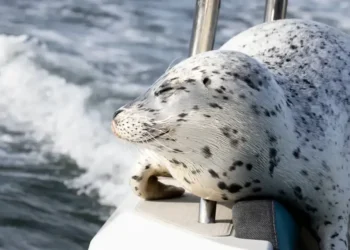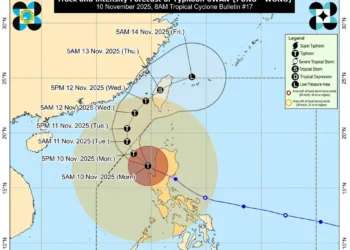Scientists Unlock Centuries of Antarctic Ocean Secrets Through Seabed Mud
Published Time: 08-19-2025, 14:30
Braving icy winds, sub-zero temperatures, and rough seas, an international team of scientists recently retrieved seabed mud from the Antarctic Peninsula. These sediment cores are now being analyzed globally to track historical marine biodiversity, human activity, industrial whaling, and climate change impacts in the Southern Ocean.
Antarctic Sediment Cores: Unlocking Marine History
Using a specialized coring drill, researchers collected over 40 long sediment tubes from depths up to 500 meters in the Antarctic Peninsula region. Known for its rich marine biodiversity, this area has historically been central to fishing, tourism, and industrial whaling prior to the 1980s ban.
“Each sediment layer acts as a historical record,” explained Dr. Elisenda Balleste from the University of Barcelona. “It shows what lives in the seas today, what existed in the past, and the cumulative impact of human activity over centuries.”
After collection, the cores were frozen and transported to Dr. Balleste’s laboratory in Barcelona. Portions of the samples are now being distributed to research institutions worldwide for detailed analysis.
Investigating Life, Pollution, and Carbon Storage
The researchers will study each layer of sediment to identify microbial life, monitor pollution levels, and estimate carbon storage. These efforts are part of the Convex Seascape Survey, a global collaboration aimed at understanding the complex interactions between oceans and climate.
Claire Allen, an oceanographer at the British Antarctic Survey, emphasized the cores’ significance: “Before 1950, Antarctica lacked formal monitoring systems. Sediment and ice cores provide the only method to trace historical climate and oceanic changes accurately.”
Environmental DNA: Mapping Whale Populations and Human Impact
Sections of the seabed mud are preserved at minus 80°C to protect DNA for environmental analysis. This environmental DNA (eDNA) method allows scientists to detect genetic material left by marine life, effectively creating a biological fingerprint of past ecosystems.
Dr. Carlos Preckler from King Abdullah University in Saudi Arabia is leading research on how nearly a century of industrial whaling affected Antarctic marine ecosystems. By examining whale DNA and carbon levels in sediment, researchers can estimate how much carbon whales naturally sequester when they die and sink to the seafloor.
“Whales store significant carbon due to their size,” Dr. Preckler said. “Studying sediment layers allows us to quantify how industrial whaling diminished this natural carbon removal process, providing new insights into whales’ role in mitigating climate change.”
Implications for Climate Research and Conservation
Understanding the influence of whales and other marine organisms on carbon cycles in the Southern Ocean is critical for global climate studies. The sediment cores reveal both historical biodiversity and the long-term effects of human activities, including whaling and pollution.
“Every layer of Antarctic mud helps us piece together the complex relationship between life, climate, and human influence,” said Dr. Balleste. “This research offers a rare glimpse into how natural and industrial factors have shaped the ocean’s role in regulating Earth’s climate.”
Global Collaboration and Future Directions
The Antarctic seabed project underscores the importance of international cooperation in climate science. By sharing sediment samples and eDNA data among institutions worldwide, scientists aim to build a comprehensive picture of the Southern Ocean’s ecological history.
These studies have the potential to inform conservation policies, refine climate models, and improve understanding of how oceans respond to environmental pressures. “These cores are invaluable,” noted Dr. Allen. “They reveal what Antarctic oceans were like before large-scale human interference, providing benchmarks for restoration and protection initiatives.”
This article was rewritten by JournosNews.com based on verified reporting from trusted sources. The content has been independently reviewed, fact-checked, and edited for accuracy, neutrality, tone, and global readability in accordance with Google News and AdSense standards.
All opinions, quotes, or statements from contributors, experts, or sourced organizations do not necessarily reflect the views of JournosNews.com. JournosNews.com maintains full editorial independence from any external funders, sponsors, or organizations.
Stay informed with JournosNews.com — your trusted source for verified global reporting and in-depth analysis. Follow us on Google News, BlueSky, and X for real-time updates.













